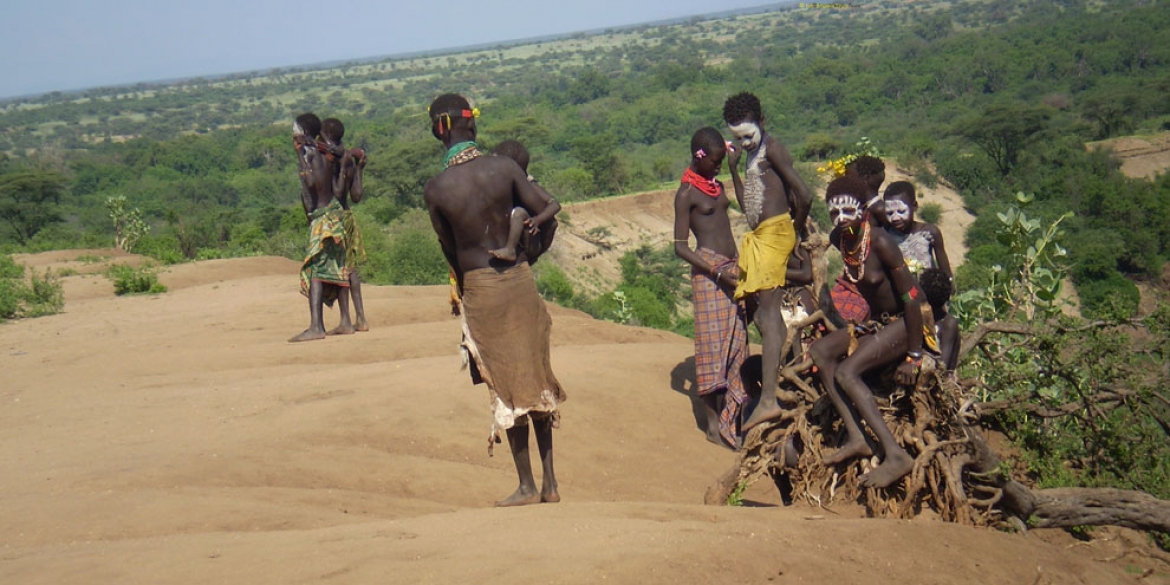
A unique ethnic mosaic (culture)
Ethiopia is also a country of great cultural diversity, with a population made up of more than 80 different ethnicities and as many languages and customs. The country’s virtual isolation over centuries and its unique political independence (Ethiopia was never colonized) have substantially shaped people’s traditions and ways of life, some of which seem remarkably untouched by outside influences. The southwest in particular is inhabited by a variety of distinctive ethnic groups, who have largely maintained their traditional cultures and are surely among the most fascinating tribal groups on the African continent. Meet the Konso (known for their terracing systems), the Hamer (famous for their elaborate body decoration), or the Mursi (renowned for the lip plates worn by their women), just to name a few! Or get acquainted with the Oromos, Amharas and Tigreans in the central and northern highlands! The Ethiopia of today is a multi-cultural, multi-ethnic, multi-lingual, multi-religious mosaic, waiting for you to discover its magnificent diversity!
Arba Minch – Arba Minch Town and its surroundings are splendid with diverse nature and cultural displays. Nech Sar National Park is adjacent to Arba Minch to the east and harbors large ungulates, asses, diverse avian species, and it is important from botanical point of view. The only Crocodile Farm in the country is also based here at the western shore of Lake Abyata. The 40 springs at the base of Bekele Mola Hotel, Lakes Abaya and Chamo are best attractions to nature lovers. Boat driving is possible in Lake Chamo. Hippos and crocodiles can be viewed with close distances at Lake Chamo. Cultural celebrations and typical handcrafts of Gamo people in Chencha necessitate to be visited.
Konso – Hand craft made by Konso people, the cultural museum and their terracing style need to be admired.
Tribes of the Omo Valley
The So uthern Region of Ethiopia is rich in cultural diversity. Its diversity is emphasized in its more than 60 different ethnic groups and languages spoken there . The wildlife protected areas of Mago and Omo National Parks including different communities with their local and cultural celebrations like Donga fighting by Surma and Mursi tribes, and weeding ceremony in each community, such as Bodi, Kaugu, Mursi, Mugji, Nyangatom, Karo, Hamer, Dasenech, Ari, Meant, Bena and Surma. This cultural ceremony (weeding celebrations and other irregular ceremonies) by each community can be arranged depending on its seasonality. Beside of this Large herds of Common eland, buffalo, Topi, hartebeest, gazelles, waterbucks, Lesser Kudus, variety of birds and the hot spring can be seen in Omo National Park with undisturbed environment.
